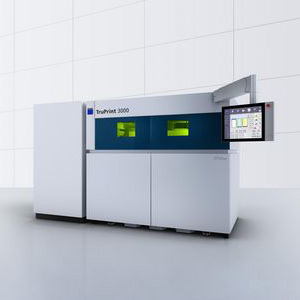Safe and Effective Techniques for Charging Refrigerant R-134a in HVAC Systems
Understanding the Basics of R-134a Refrigerant Charging
R-134a, also known as tetrafluoroethane, is a refrigerant widely used in various cooling applications, notably in automotive air conditioning systems and household refrigerators. It has become the standard replacement for R-12 (dichlorodifluoromethane) due to its lower ozone-depleting potential. Proper charging of R-134a is crucial for ensuring the efficiency and longevity of cooling systems. This article will delve into the essential considerations for charging R-134a effectively.
Importance of Proper Charging
The efficiency of an air conditioning (AC) system largely depends on the correct amount of refrigerant. Undercharging or overcharging R-134a can lead to several issues. An undercharged system often results in insufficient cooling, leading to higher energy consumption and potential compressor damage. Conversely, an overcharged system can cause high pressure in the refrigerant lines, leading to system failure or leaks. Hence, proper charging is vital for optimal performance and longevity of the system.
Tools and Equipment Needed
To charge R-134a correctly, specific tools and equipment are necessary
. These typically include1. Refrigerant Gauges These gauges measure the pressure of the refrigerant in the system, providing critical information required for charging. A manifold gauge set is commonly used for this purpose.
2. R-134a Refrigerant Ensure you have the correct type of refrigerant ready for charging. R-134a is usually available in cans or larger containers.
3. Vacuum Pump A vacuum pump is essential for evacuating any air or moisture from the system before charging. Moisture can lead to system corrosion and decreased efficiency.
4. Hoses High-pressure and low-pressure hoses are needed to connect the refrigerant canister to the AC system.
134a charging

Steps for Charging R-134a
1. Check System Condition Before charging the refrigerant, inspect the entire system for leaks. Use a leak detector or soapy water to identify any points where the refrigerant may escape.
2. Evacuate the System Connect the vacuum pump to the AC system and run it for at least 30 minutes. This process removes existing refrigerant, air, and moisture. Ensure the system holds vacuum to ensure there are no leaks.
3. Attach the Gauges Connect the manifold gauges to the appropriate ports in the AC system. The blue hose typically connects to the low-pressure port, while the red hose connects to the high-pressure port.
4. Charge the System Begin adding R-134a to the system through the low-pressure port. For accurate charging, refer to the vehicle or appliance’s specifications to identify the required refrigerant amount. Monitor the gauge readings carefully; the low-pressure gauge should indicate readings that align with the manufacturer’s recommended values.
5. Monitor the System Once charged, run the AC system and monitor the performance. Check the pressure readings on the gauges; they should stabilize within the recommended range. Listen for unusual sounds and look for signs of leaks.
6. Final Checks After confirming proper function, disconnect the gauges and securely close all ports. Ensure the system is sealed to prevent refrigerant leaks.
Conclusion
Charging R-134a is a critical process that requires knowledge, precision, and adherence to safety protocols. Proper charging not only enhances the efficiency of cooling systems but also helps prevent costly repairs in the long run. By following the steps outlined above, anyone can ensure that their AC system operates at optimal performance, leading to enhanced comfort and reliability.
-
Ultimate Spiral Protection for Hoses & CablesNewsJun.26,2025
-
The Ultimate Quick-Connect Solutions for Every NeedNewsJun.26,2025
-
SAE J1401 Brake Hose: Reliable Choice for Safe BrakingNewsJun.26,2025
-
Reliable J2064 A/C Hoses for Real-World Cooling NeedsNewsJun.26,2025
-
Heavy-Duty Sewer Jetting Hoses Built to LastNewsJun.26,2025
-
Fix Power Steering Tube Leaks Fast – Durable & Affordable SolutionNewsJun.26,2025

